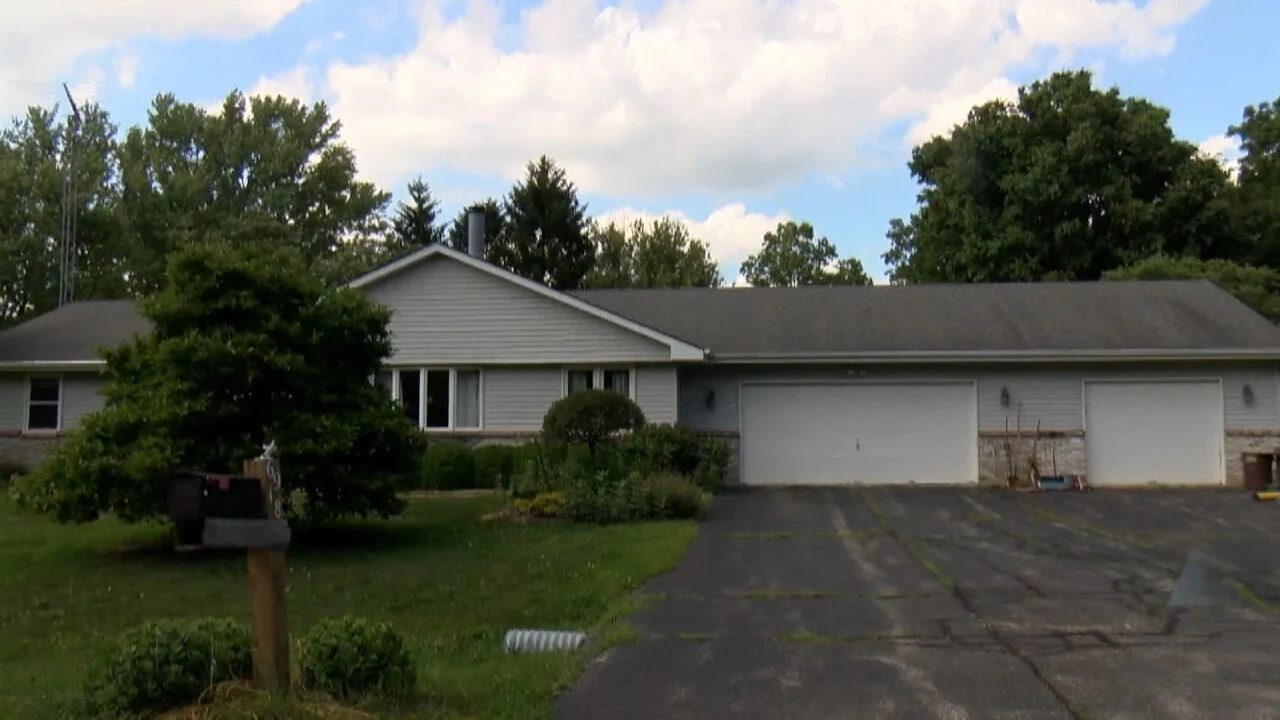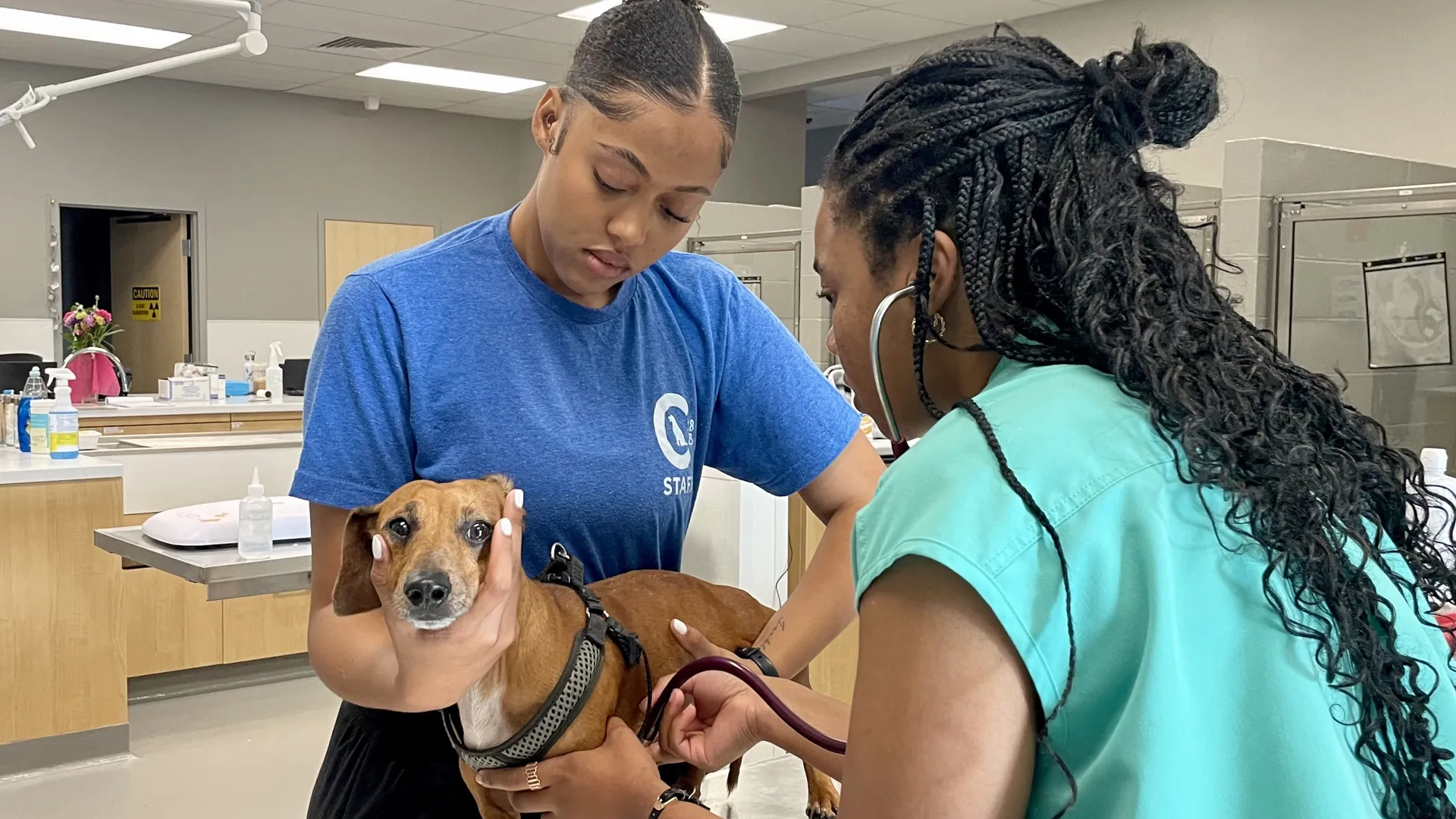CHICAGO — On the same day that Florida officials stopped adding fluoride to public drinking water, the Canadian city of Calgary took the opposite step — switching fluoride back on after a 14-year hiatus. The two decisions, made on July 4, 2024, have sparked renewed national debate over the role of water fluoridation in public health.
Health officials and experts are closely watching these opposing moves, especially as they reflect broader tensions between government trust, scientific consensus, and community choice.
Why Calgary Reinstated Fluoride
Calgary had removed fluoride from its water supply in 2011, citing concerns over cost and limited evidence of benefit. However, over the last decade, dental decay in children increased sharply in the city — with more than one-third of kindergarteners developing cavities, according to public health data.
Faced with mounting evidence and public pressure, city officials voted 10-5 to resume fluoridation in 2021. That decision finally took effect in July 2024, after infrastructure upgrades were completed.
According to Dr. Nicholas Rajewski, Calgary’s medical officer of health, “We are now on the right side of history. This decision is about science, not politics.”
Florida’s Quiet Shutdown Sparks Concern
In contrast, the Florida Department of Corrections quietly halted fluoride treatments in the water systems of six prisons, without public notification. The shutdown impacted more than 14,000 inmates, many of whom lack access to dental care.
While officials claimed the change was “temporary,” no reason was publicly given, and the move was only discovered after investigative reporting by WUSF Public Media and ProPublica. Some advocates fear it may signal broader rollbacks in preventive health policy, particularly in rural and underserved areas.
The Science Behind Fluoride in Water
The Centers for Disease Control and Prevention (CDC) and World Health Organization (WHO) both endorse community water fluoridation as one of the most effective and low-cost public health interventions. Studies show fluoride significantly reduces tooth decay — especially in children — and helps bridge dental care gaps for lower-income populations.
Yet despite decades of data, some groups remain skeptical. Opponents argue it should be a personal choice and raise concerns about overexposure or mistrust in government health recommendations.
Impacts Closer to Home in Chicago
Chicago remains one of the largest U.S. cities that continues to fluoridate its water supply, reaching more than 5 million residents. Still, the conversation has not escaped the Midwest. Suburban residents — especially in communities like Schaumburg and Naperville — have occasionally raised questions about water safety and transparency.
Dr. Lynn Branson, a pediatric dentist in DuPage County, said she’s seen the effects of fluoride policies firsthand. “When towns stopped fluoridating, I started seeing more fillings in younger kids. That’s not a coincidence.”
What This Means for Families and Policy Makers
As fluoride becomes a hot-button issue again, families are left wondering who to trust. The split between Calgary and Florida — made on the exact same day — only adds to the confusion.
Chicago-area parents are encouraged to:
- Check if their municipality fluoridates water via city utility reports
- Ensure kids brush with fluoride toothpaste
- Ask schools and pediatricians about dental support programs
Meanwhile, public health officials say decisions like these should be rooted in evidence, not emotion or ideology.
What do you think about fluoride in your water? Have you seen any changes in your family’s dental health over the years? Share your experiences with us at ChicagoSuburbanFamily.com.












